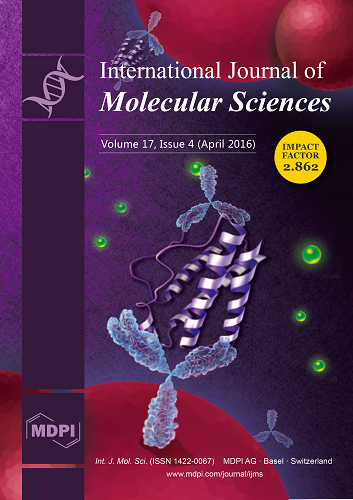Regarding breast cancer treatment, triple negative breast cancer (TNBC) is a difficult issue. Most TNBC patients die of cancer metastasis. Thus, to develop a new regimen to attenuate TNBC metastatic potential is urgently needed. MART-10 (19-nor-2α-(3-hydroxypropyl)-1α,25(OH)
2D
3), the newly-synthesized 1α,25(OH)
[...] Read more.
Regarding breast cancer treatment, triple negative breast cancer (TNBC) is a difficult issue. Most TNBC patients die of cancer metastasis. Thus, to develop a new regimen to attenuate TNBC metastatic potential is urgently needed. MART-10 (19-nor-2α-(3-hydroxypropyl)-1α,25(OH)
2D
3), the newly-synthesized 1α,25(OH)
2D
3 analog, has been shown to be much more potent in cancer growth inhibition than 1α,25(OH)
2D
3 and be active
in vivo without inducing obvious side effect. In this study, we demonstrated that both 1α,25(OH)
2D
3 and MART-10 could effectively repress TNBC cells migration and invasion with MART-10 more effective. MART-10 and 1α,25(OH)
2D
3 induced cadherin switching (upregulation of E-cadherin and downregulation of N-cadherin) and downregulated P-cadherin expression in MDA-MB-231 cells. The EMT(epithelial mesenchymal transition) process in MDA-MB-231 cells was repressed by MART-10 through inhibiting Zeb1, Zeb2, Slug, and Twist expression. LCN2, one kind of breast cancer metastasis stimulator, was also found for the first time to be repressed by 1α,25(OH)
2D
3 and MART-10 in breast cancer cells. Matrix metalloproteinase-9 (MMP-9) activity was also downregulated by MART-10. Furthermore, F-actin synthesis in MDA-MB-231 cells was attenuated as exposure to 1α,25(OH)
2D
3 and MART-10. Based on our result, we conclude that MART-10 could effectively inhibit TNBC cells metastatic potential and deserves further investigation as a new regimen to treat TNBC.
Full article






